A Tour of NASA’s Solar Eclipse Map for 2023 and 2024
Where will you be for the 2023 and 2024 solar eclipses in the United States?
NASA has released a new map that could help you decide.
Based on observations from several NASA missions, the map details the path of the Moon’s shadow as it crosses the contiguous U.S.Two solar eclipses will cross the United States in 2023 and 2024. On October 14, 2023, an annular solar eclipse will create a “ring of fire” in the sky from Oregon to Texas. On April 8, 2024, a total solar eclipse will darken the skies from Texas to Maine. On both dates, all 48 contiguous states in the U.S. will experience a partial solar eclipse.A map developed using data from a variety of NASA sources shows both eclipse paths as dark bands. Outside those paths, yellow and purple lines show how much of the Sun will become blocked by the Moon during the partial eclipses.
Michala Garrison, a member of the Scientific Visualization Studio (SVS) at NASA’s Goddard Space Flight Center, applied her background in geography and cartography to design the map, incorporating information from a variety of NASA sources.
Earth elevation information came from the Shuttle Radar Topography Mission, while maps of the Moon’s shape were supplied by Lunar Reconnaissance Orbiter. The positions of the Sun, Moon, and Earth were found using software and data from NASA’s Navigation and Ancillary Information Facility. Garrison’s SVS colleague, Ernie Wright, used all of this information to calculate the location and shape of the Moon’s shadow.
NASA’s Blue Marble – a global mosaic of satellite images assembled by the NASA Earth Observatory team – provided color for the land. And one particularly unique feature Garrison thought to add along the path of the 2024 total eclipse was nighttime imagery of Earth from NASA’s Black Marble – which shows city lights on the night side of the planet as imaged by the Suomi NPP spacecraft.
One of Garrison’s goals for the map was to inspire people to get to the paths of the annular and total eclipses, which she didn’t do the last time the Moon’s shadow crossed the continental U.S.
-
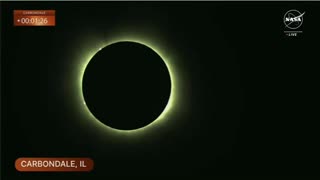 1:27:21
1:27:21
NewsBreaks
2 months agoTotal Solar Eclipse 4/8/2024
78 -
 1:46
1:46
Outer Space
3 months agoA Tour of NASA’s 2024 Solar Eclipse Map
247 -
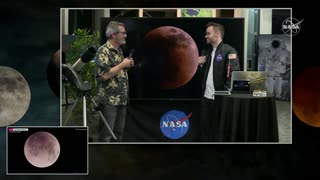 58:29
58:29
Mr
1 year agoWatch a Total Lunar Eclipse (NASA Science Live)
113 -
 1:20
1:20
NASA ARCHIVES
2 months ago2024 Total Solar Eclipse Through the Eyes of NASA Highlights
1672 -
 4:57
4:57
Math Easy Solutions
10 months agoOverview of Lunar Eclipses
5471 -
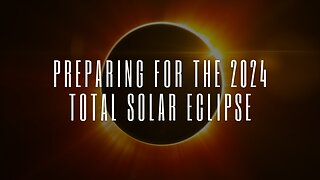 13:00
13:00
CHAOS HISTORY
2 months agoPreparing for the 2024 Total Solar Eclipse
67 -
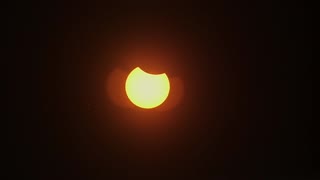 2:04
2:04
Weathernature
5 years agoSolar eclipse on August 11, 2018
475 -
 2:32
2:32
Total Eclipse 2024
4 months agoPrime Viewing Locations in Mexico for the Total Solar Eclipse on April 8th 2024
612 -
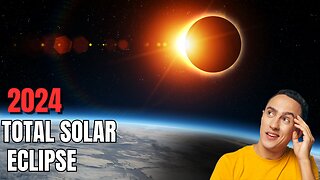 4:05
4:05
Atomic Analyzer
5 months agoUnraveling the Significance of the 2024 Total Solar Eclipse!
8133 -
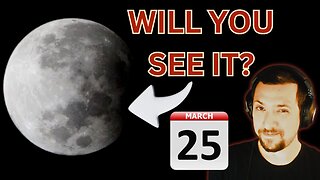 2:26
2:26
RiseNGrindWVince
2 months agoMarch 25 Lunar Eclipse Information!
3342